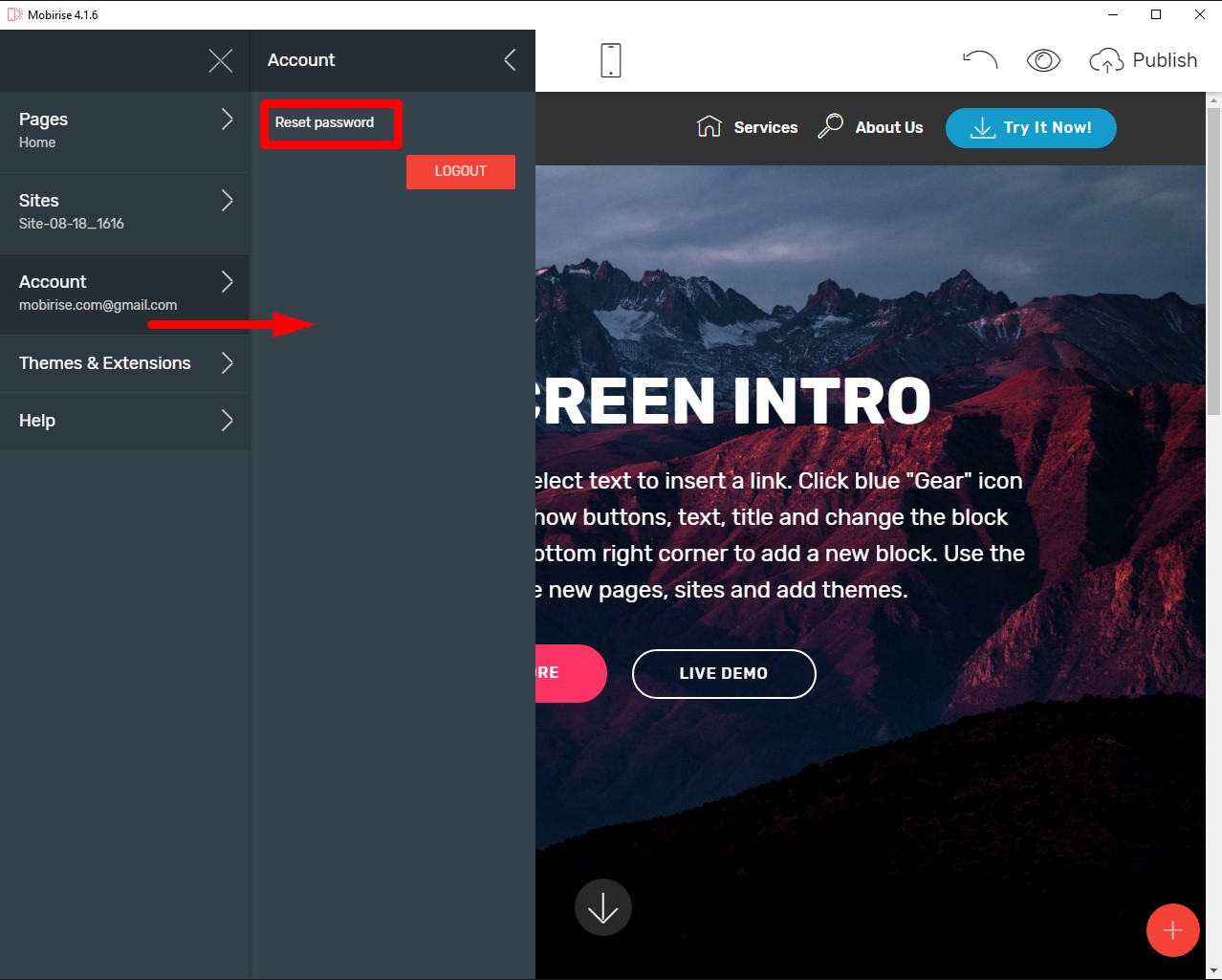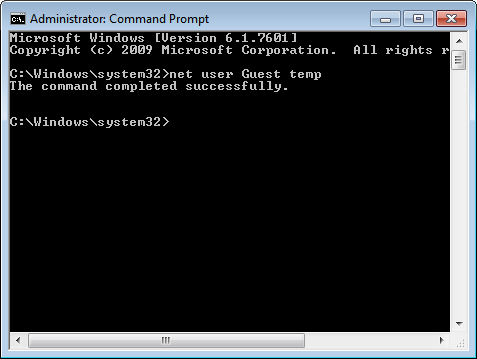

- #Stop standard accounts from changing password cracked#
- #Stop standard accounts from changing password update#
- #Stop standard accounts from changing password password#
- #Stop standard accounts from changing password plus#
It does not do anything to actually secure you.
#Stop standard accounts from changing password password#
Regular password changing only makes you feel more secure. So by the time you get around to changing your passwords the bad guys are long gone. And when the bad guy gets your password, they are not going to wait the required "90 days", they are going to leverage it within hours.

Basically, since the threat model has changed, if your password is compromised, it will almost certainly be collected in seconds, not months. Cyber criminals infect your computer with keystroke loggers, data harvesting via phishing websites, people sharing or reusing passwords, social engineering attacks over the phone, SMS texting, or a number of other methods. Passwords that would have taken your average cyber attacker 90 days to crack twenty years ago now takes literal seconds, thanks to solutions like AWS.Īlso, the greatest risk to your password is no longer cracking, but password harvesting.
#Stop standard accounts from changing password cracked#
First, most of today's "average" or "bad" passwords can be quickly cracked in the cloud.
#Stop standard accounts from changing password plus#
#Stop standard accounts from changing password update#
Just remove the ‘where’ clause and it should update it for all users on the computer.Immediately apply the skills and techniques learned in SANS courses, ranges, and summits This can be done with a slight change to the command shown previously.

Updating property(s) of '\\MYPC\ROOT\CIMV2:Win32_UserAccount.Domain="MYPC",Name="test1"'ĭescription = Generic failure Remove password for all user accounts C:\>wmic useraccount where name='test1' set PasswordRequired=false From a normal command prompt, it throws the below error. Note that the WMIC command to remove password should be run run from elevated administrator command prompt. Now check using ‘net user’ again c:\>net user test1 | findstr "Password" Now run the command to remove password c:\>wmic useraccount where name='test1' set PasswordRequired=false Wmic useraccount where name='loginId' set PasswordRequired=falseīefore removing password c:\>net user test1 | findstr "Password"


 0 kommentar(er)
0 kommentar(er)
